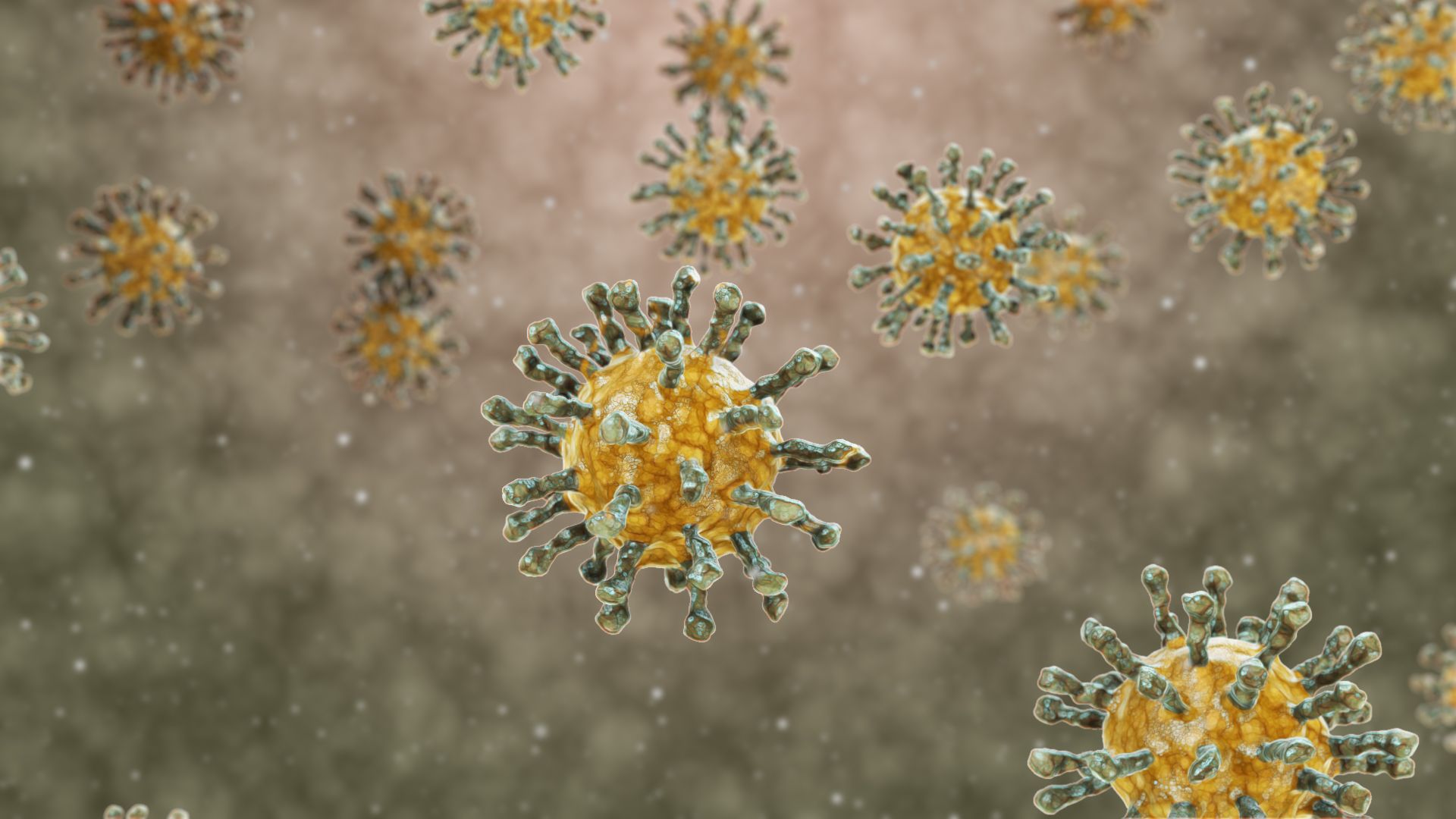CDC reports claim that an estimated population of 1.2 million in U.S. are living with HIV. Although there is no cure for HIV infection, improved treatments allow the infected people to slow the progression of virus and, hence, stay relatively healthy for several years.
The good news is that the scientists have discovered a glitch in the structure of this deadly virus which is likely to make it vulnerable to the treatment.
HIV is a retrovirus, i.e., it has to copy its RNA genome into DNA in order to infect cells. Scientists knew that to infect healthy cells, HIV copies its own genetic material into DNA that gets incorporated into the cell’s genome. However, it was never clear how HIV does this without tripping the body’s immune response, or where the virus gets the material to build that DNA.
The answer appears to be the virus' unique hexamer protein coating called the capsid. Once the virus makes its way into the cell, the shell does two things:
- It conceals the virus, making it unrecognizable to the host cells' immune system, and
- it pulls in genetic building blocks through its tiny pores.
The pores open and close in a manner similar to that of the iris of the eye. They are size-selective and bound by a ring of six arginine residues which create a strongly positively charged channel which allows the virus to recruit the four nucleotides from the host’s DNA. The DNA, hence created, is then implanted into the host cell’s genome. This explains why HIV is so successful at dodging the immune system.
Knowing the above, a prototype inhibitor molecule that could block the pores was designed in order to control the HIV infection. The drug is hexacarboxybenzene which can potentially bring the DNA assembly to a halt.
This doesn't imply that hexacarboxybenzene is a readymade HIV wonderdrug. Infact, it lacks the ability to cross the cell membrane of human cells to gain access to the virus. Its usage here is more a proof of the fact that the viral pores can indeed be thwarted and the so called ‘protective’ coat is not invulnerable.
This feature may be common to other viruses and will be, therefore, an attractive target for new antiviral drugs, including new treatments for HIV and related viruses, as well as improving the existing treatment methods which target the process of reverse transcription.
Bone Regeneration Using Stem Cells
Perhaps the smartest cells in the human body are the stem cells. As long as they are placed in the right conditions and right signals are sent to them, they can possibly replicate any part of the body. However, knowing the right conditions and the right signals for synthesizing the desired tissue is easier said than done. Read More..









